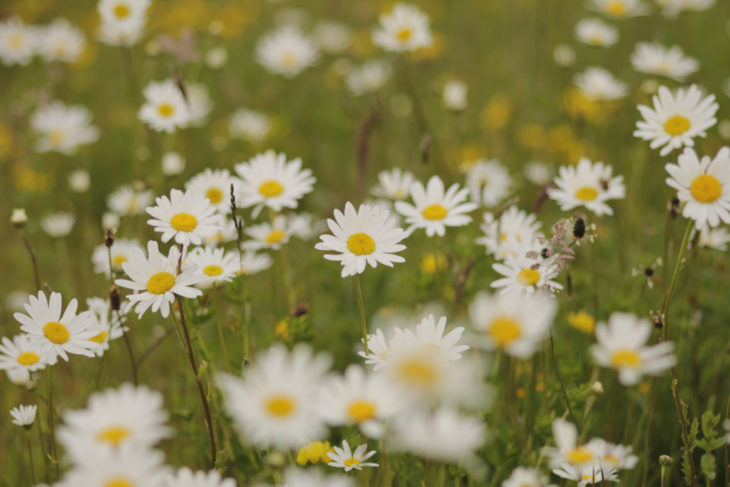Help wildlife the easy way
,
It’s summer time and our streets are alive with the sound of lawnmowers. But if you have a garden consider taking a closer look at your patch of green before you mow. This year I decided to do just that and left my first cut a little late– and was thrilled to find my lawn full of spotted orchids!

There’s something special about orchids. Their mysterious life cycle means it’s always a joy to spot a colony of them in the wild – never mind in the garden! They must have been lying dormant for years before just the right conditions – and the right lackadaisical gardener – came along and allowed them to flourish.
Once I had found the orchids it was impossible to avoid looking further. I soon counted more than a dozen species of wildflower growing among the grass. From the humble but beautiful daisies, dandelions, clover and buttercups, to colourful mouse-ear hawkweed and delicate tufted vetch, eyebright, stitchwort, self heal and more.
Once I’d spotted the flowers it became impossible to miss the pollinators. The grass was alive with bumble and solitary bees, hoverflies, and even butterflies. A quick check under the leaf of a pink cuckoo flower revealed the tell-tale dot of an orange-tip butterfly egg waiting to hatch.
Cumbernauld Living Landscape is involved with projects to boost pollinators and plants by maintaining and reinforcing wild flowers on various sites. Our gardens are nature reserves in miniature, when added together they make up a big chunk of Cumbernauld’s green space.
We can all help our town to be a brighter, more interesting and more biodiverse place. Simple ways to do that include being just a little bit less tidy when gardening, leaving a small area for nature, or even – as I eventually did – simply leaving an unmown section of grass. The the orchids, bees and butterflies will thank you for it!
Paul Barclay, Community Networks Officer
